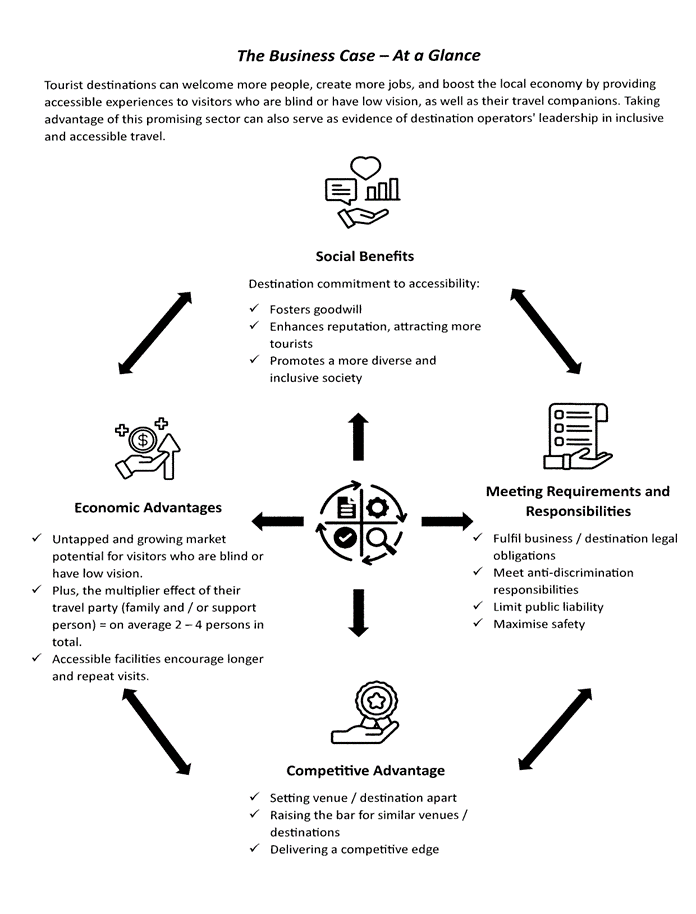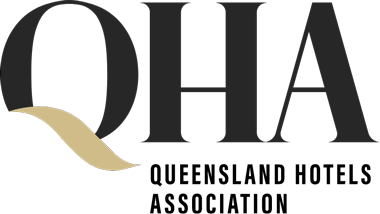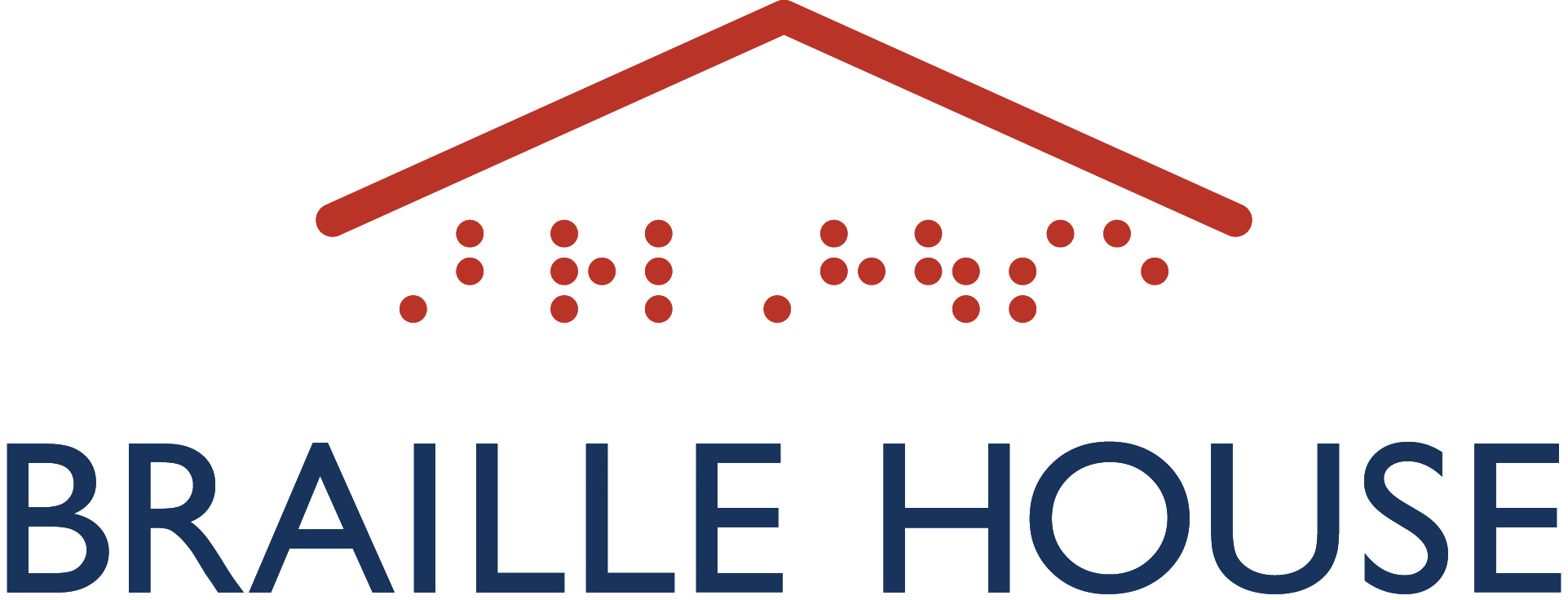23/07/2024
Accessible tourism is a 1.9-billion-dollar industry in Queensland. 14% of this income comes from people who are blind or have low vision. Making a restaurant, café, hotel, motel or event destination more accessible is about making things simpler and comfortable for guests, so that visitors of all abilities are treated fairly and with dignity.
Two QHA members have been actively involved in supporting a valuable initiative to make their destinations more accessible. Both the Murrumba Downs Tavern (MDT) and Shangri-La Cairns enthusiastically accepted when invited by Braille House to be part of a major accessible tourism project. Thanks to a grant from the Queensland Department of Tourism, Sport and Innovation (as part of the Year of Accessible Tourism), Braille House has developed a package of free online resources for accommodation, hospitality, and tourist and event destination providers. Accessible Tourism – Braille House
Braille House’s Project Coordinator, Margo Carwardine, explained that “Enabling people who are blind or have low vision to function more independently, and with equity and dignity in the tourism and visitor setting, is important. Venues and destinations often want to prioritise accessibility and inclusivity, however they can be unsure where to begin and may be reticent due to perceived costs.” The resources produced by Braille House provide an excellent starting point, saving businesses from undertaking the research themselves. Many of the ideas presented cater to visitors across various disabilities, alongside their families, support people and the wider community.
There is a compelling case for QHA members to make their venue and services accessible for visitors who are blind or have low vision. Margo said engaging with the resources is enabling venues to appreciate the social benefits and economic advantages, as well as how to meet requirements and responsibilities and capture the competitive advantage. Business Case – Braille House
The MDT and Shangri-La engaged with Self-Assessment Access Audit Checklists, as part of the project’s development. There are four audits / checklists which focus on:
1. Whole of venue
2. Accommodation
3. Hospitality
4. Tourism or Event Destinations
Checklists include links to standards, guides, products and resources. Self-Assessment Access Audits – Braille House The audits are designed to inform business planning for the short, medium and long term, through identifying and establishing development and improvement goals.

Murrumba Downs Tavern Manager, Melinda Tait, welcomes guests to the tavern to launch the Accessible Tourism project.

Murrumba Downs Tavern staff put into action their skills in human guide training.

Guests at the High Tea project launch event were provided the menu in twin vision (large print and braille).

Murrumba Downs Tavern staff serve guests who are blind or have low vision, providing descriptions of available buffet choices.
The tavern has commenced training its staff to guide a person with no or low vision. These staff have indicated they feel proud to work in a restaurant that cares about people enough to make the changes. This shift in focus will help increase customers and aid in staff retention. The benefits of being accessible will continue to come for visitors, staff and the tavern.
Likewise, the Shangri-La saw many positives in engaging with the checklists, finding them to be clear, concise and comprehensive. Christopher Kirwan, Security and Fire and Safety Manager, reflected that, “The self-assessment audits opened management’s eyes in terms of catering to our blind or low vision guests’ needs. Whilst we are compliant by law, it has been acknowledged that we can do a lot more to improve the quality of our facility in the interest of customer satisfaction.” The hotel has also engaged in staff education on human guide training. Next steps for the Shangri-La include continuing to work with Braille House to create twin vision (large print and braille) collateral for the restaurant and hotel information, with tactile QR codes linked to audio descriptions.
The experiences of MDT and the Shangri-La, alongside Suncorp Stadium and Outback at Isa, are the basis of the accessible tourism project’s case studies. These destinations have used the information gathered to affirm what they are already doing which is inclusive, then further develop their short-, medium- and longer-term goals to advance accessibility. Case Studies – Braille House Enhancing Venue / Destination Business Planning Through Access – Braille House
To assist accommodation facilities, hospitality venues, and tourism and event destinations in their quest to make their business accessible friendly, several resources and tools are provided. Resources – Braille House From a glossary of terms, to etiquette and tips, to design examples, to sample scripts and helpful tips, there is much to choose from.
Margo noted that whilst having accessible facilities is important, so too is ensuring that potential visitors know about them. For many visitors who are blind or have low vision, and / or their travel party, the journey starts online and / or following recommendation from others. For these potential visitors, their research and planning can take place across multiple platforms. The project’s suite of resources references website and digital resources, providing information on making these accessible and inclusive. Communication & Marketing – Braille House This section also includes personal stories of travellers, a sample media release, and a marketing toolkit (including social media and marketing sample stories and stickers, alt text information, learning about colour contrasting, Search Engine Optimisation, key words and landing pages).
MDT staff outdid themselves with amazing service and care in hosting a High Tea to launch Braille House’s accessible tourism initiative and celebrate MDT stepping into this space.
Braille House can help make your destination more accessible and inclusive for people who are blind or have low vision. One of the quickest ways, for example, to step into this space is through working with Braille House to produce your menus in both large print and braille (twin vision). Braille House can also assist in other ways.

Further information is on the Braille House website https://accessibility.braillehouse.org.au/accessibility…/ or call on (07) 3848 5257.

